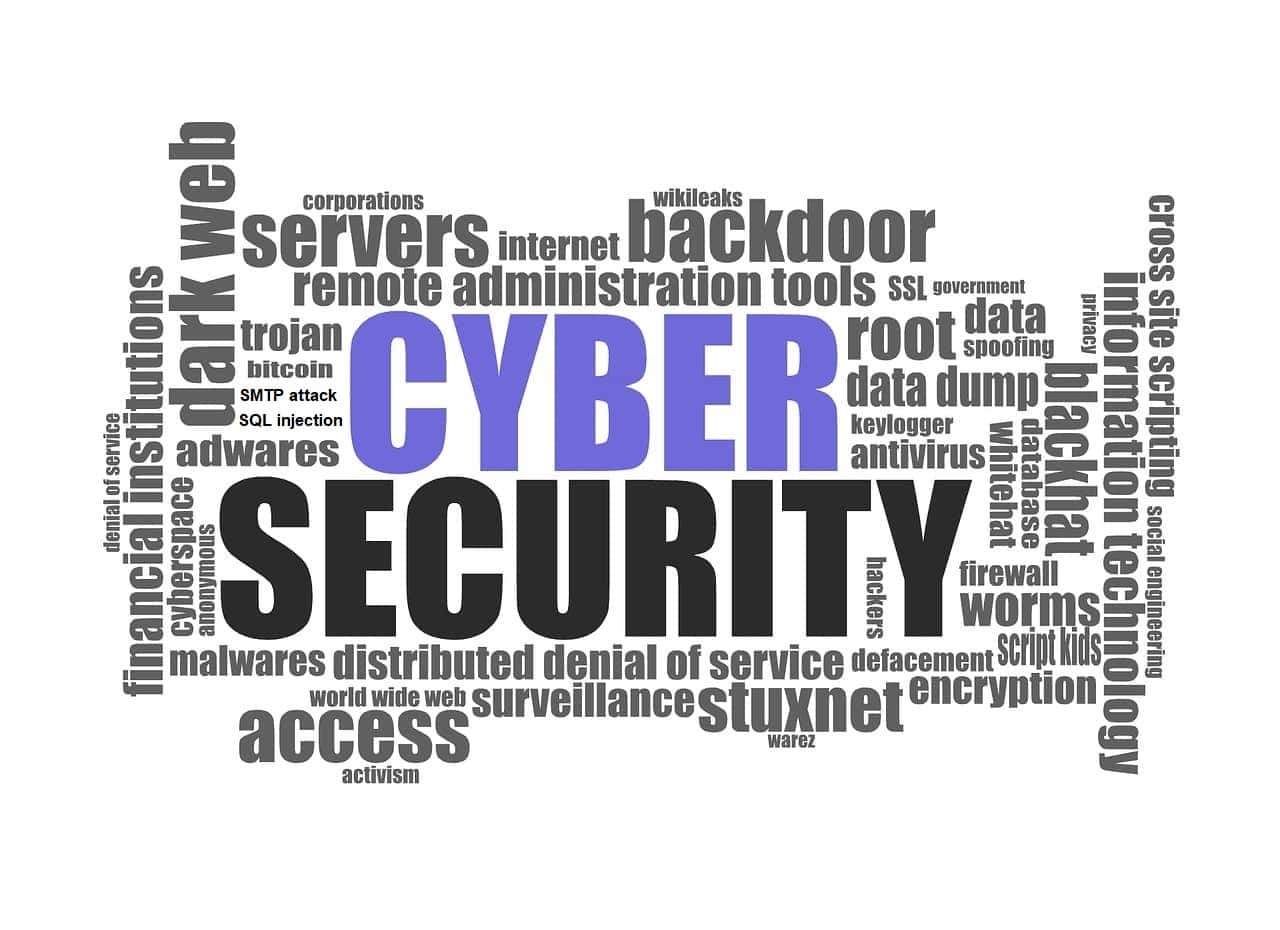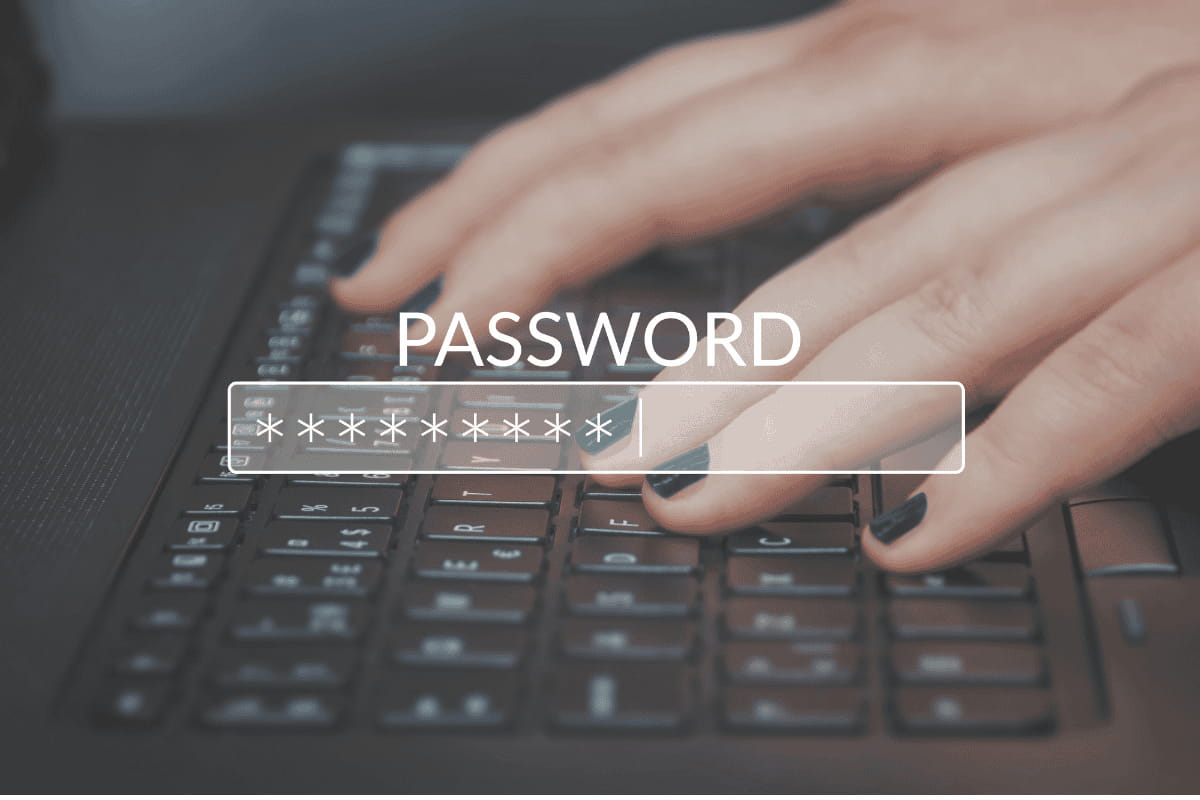The convenience of the internet is like a double-edged sword. On one end, it provides instant access to all manner of information, facilitates social connectivity worldwide, and makes it easy to set up a website and reach a global audience. On the other, it can be like the Wild West, where websites are prime targets for hackers and malware.
Imagine waking up one morning to find your website defaced, your data stolen, or the information of your customers compromised. It is a nightmare scenario, but one that is all too common.
Cybercriminals have grown both audacious and refined in their ways, with statistics showing that a cyber attack happens every 39 seconds, equating to over 2,200 attacks daily and over 800,000 attacks annually. Due to this, there is a critical need to implement vigilant website security practices to protect against hackers and malware.
In this guide, we will unveil practical, easy-to-execute strategies on how to secure a website from hackers and other malicious attacks.
From setting up strong passwords to using security tools, there is a lot you can do on your own to safeguard your site against the ever-lurking threat posed by cybercriminals.
1. Who Should Worry About Hackers?
2. 5 Fundamental Security Measures for Websites
2.1. Use Strong Passwords Throughout
2.2. Install an SSL Certificate to Enable HTTPS
3. 5 More Proactive Actions on How to Secure Website From Hackers
3.1. Keep all Website-related Software Up To Date
3.2. Regularly Review your Activity Logs
3.3. Invest in Malware Detection Software
3.4. Get a Penetration Testing Tool
Who Should Worry About Hackers?

There is a misconception that hackers focus on big industries and large companies. While huge corporate entities hold a treasure trove of data (financial records, customer information, intellectual property, etc), the alarming truth is - everyone with an online presence is a target.
Reports show that cyber attacks against small and medium-sized businesses have been on an upward trajectory in recent years. Verizon's 2022 Data Breach Investigations Report found that almost half (43%) of all cyber breaches targeted small businesses. By large, this is because these businesses typically have weaker security measures compared to larger enterprises.
Personal data is the most common target of cybercriminals, making e-commerce websites and those handling sensitive user information particularly attractive to hackers. The most common types of attacks include phishing, malware, ransomware, and brute-force attacks. Phishing attacks (the act of tricking individuals into divulging sensitive information like usernames, passwords, and credit card information by presenting as an official or trustworthy source) alone account for 90% of data breaches, showing the human vulnerability factor.
In a nutshell, hackers cast a wide net, hoping to catch vulnerable prey. Everything from major industries, public sectors, and organizations to small businesses and personal websites are targets. So, all website owners should prioritize cybersecurity, regardless of how small or invaluable they think their site is to hackers.
6 Fundamental Ways to Secure Your Website
Securing your website begins with defensive measures to render typical hacker invasion methods ineffective. Putting the following five essential safeguards into practice will set your website on a secure footing.
1Protect Your Site with Smart Password Practices
The simplest but most powerful thing you can do to secure your website is to use strong, unique passwords for your server’s control panel and all admin areas. Many people make the mistake of using predictable details like a pet’s name, birth date, or easy number sequence. Hackers can guess or crack such weak passwords in minutes using automated tools..
Instead, create passwords that are completely random and unrelated to you. Combine letters, numbers, and special characters for complexity. And avoid saving them in your browser, where they can be exposed if your device or account is compromised.
If you struggle to remember complex passwords, use a trusted password manager instead of saving them in your browser. It will securely store your credentials and help you create stronger, unique passwords for every login.

Additionally, limit login attempts or enforce CAPTCHAs after several failed logins. These simple tweaks make it much harder for bots to brute-force their way in.
2Enable Two-Factor Authentication (2FA)
Strong passwords are great, but they shouldn’t be your only safeguard. They can still fall into the wrong hands. A convincing phishing email or malicious link could trick anyone into unintentionally revealing their login details. That’s where two-factor authentication (2FA) steps in as your next line of defense.
2FA adds an extra verification step after your password, such as entering a code from an authenticator app or confirming a login through a text message sent to your phone number. So even if someone steals your password, they can’t access your site without that second factor.
Start by enabling 2FA for your admin CMS login, hosting account client portal, and associated email addresses. Use an authenticator app such as Google Authenticator, Authy, or Microsoft Authenticator instead of SMS, since text-based codes are easier to intercept.
Also, keep backup/recovery codes for any accounts where you have set up two factor authentication and securely store your setup keys or QR codes in case you lose the device used to store your 'One-Time-PINs' (OTPs). Logging into your authenticator app also saves your 2FA tokens. This way, if you switch devices, you can restore them immediately without setting them up again. Without these safeguards, recovering access can become a frustrating process.
Once set up, 2FA becomes one of the simplest yet most effective ways to keep intruders locked out, even when passwords fail.
3 Install an SSL Certificate to Enable HTTPS
Adding an SSL certificate to your website is another easy way to make it more secure. An SSL (Secure Socket Layer) certificate is like a digital key (of sorts) that unlocks HTTPS (HyperText Transfer Protocol Secure), the secure version of HTTP, which is the protocol used for transmitting data over the internet.
An SSL certificate provides the keys for encryption, which HTTPS uses to scramble any information sent to the website, thus creating a secure tunnel between your site and its visitors. This combined approach protects sensitive information like login credentials, credit card numbers, and personal details, essentially making such data unreadable to third-party characters who intercept it with nefarious intentions.
Another role of an SSL certificate is to verify that a website is indeed what it claims to be before establishing a secure connection with a web browser. That helps prevent phishing or "man-in-the-middle" attacks where a fraudster impersonates your website to steal information from users.
You can acquire SSL certificates for free from a Certificate Authority (CA), such as Let's Encrypt, which we provide to all users who sign up for our hosting services.
4 Install a Firewall
A firewall, more so, a Web Application Firewall (WAF), can be highly instrumental in protecting your website from bad actors and malware. A WAF acts like a security checkpoint at the entrance of your website, carefully examining all the traffic/requests coming through.
It compares this traffic to pre-defined security rules that identify suspicious patterns often used in attacks. Traffic that checks out is processed, while requests with malicious intent are blocked.
While Web Application Firewalls vary in terms of performance, they are generally programmed to filter out:
Since WAFs work based on programmed parameters, they are constantly updated to stay ahead of evolving cyberattacks. You can customize some options to recognize and block specific threats relevant to your website. So, to adequately secure your website, take the time to select a firewall that best suits your unique needs.
5 Limit Admin Access
Just because you have hired people to work within your website does not mean you should hand them the keys to the castle. The fewer individuals with administrative access, the more secure your website will be since it will mean fewer attack points for hackers. As a rule of thumb, only grant administrative privileges when completely necessary.
And even then, make it a point to restrict access levels by assigning roles to your team and allowing each member only a limited range of capabilities. For example, you can give your writers an author role with the finite tasks of uploading, editing, and publishing posts.
Leave yourself as super admin with full administrative privileges, including override abilities over other members. That way, you will be able to quickly disable or delete the accounts of employees who have been terminated or caught misusing their access privileges.
6 Keep Regular Backups
Even as you take all the pre-emptive measures necessary to secure a website, it is wise to have a contingency plan for the unfortunate scenario of a breach. All it takes is one crafty hacker to expose you to the devastating effects of a data breach. The damage can range from extended downtime to the collapse of your site. Or worse, significant losses, such as a dented reputation, customers leaving, and regulatory fines.
Regularly backing up your website can soften the blow of a successful hacking. For instance, if you get hit by ransomware, you will not have to pay to recover your website, as the backup will ensure you have a clean copy to restore your site with.
A backup plugin can help you automate the whole process, saving you from the tedious task of manually generating copies of your site. Go for one that offers rapid recovery options and allows off-site storage, preferably in an offline location like your personal computer.
5 More Proactive Actions on How to Secure Website From Hackers
With the basics of securing a website out of the way, the next thing to do is stay on top of your site's security. That includes ensuring your website does not have security holes that can be exploited, continuously monitoring for attacks, and staying ahead of the curve by implementing best protection practices. You can do so easily by following these five steps.
1 Keep all Website-related Software Up To Date

One of the primary ways hackers infiltrate websites is through vulnerabilities in software platforms such as Content Management Systems, plugins, extensions, and even server operating systems. Whenever there is a flaw in a software's code, hackers quickly send out bots to scan websites for that vulnerability and exploit it.
Software developers are aware of this and thus constantly identify and address weaknesses in their code. Most of the time, new software versions include fixes for previously discovered vulnerabilities. Other times, updates include new security features to address emerging threats since cybercriminals continue to develop new hacking techniques.
So, keeping all the components of your site's software stack up to date is vital in reinforcing the security systems of your website. It helps you keep your defenses strong and adapt to the ever-changing landscape of cyber threats.
2 Regularly Review your Activity Logs
A website's activity log keeps a comprehensive record of events and actions that transpire over time. That includes detailed information about user activities (logins & logouts, page views, file uploads, form submissions, etc.), system events (software updates, server restarts, system warnings, & more), and administrative activities (changes to user roles, permissions, and other relevant actions).
By going through your site's activity logs regularly, you can discern legitimate website actions from unauthorized or suspicious behavior, investigate unusual incidents, and eventually react swiftly to potential threats.
You can even set up real-time monitoring and alerts for specific events, such as repeated login attempts, changes to sensitive files, or unusual traffic patterns, so as to take immediate corrective action before hacking attempts or malware installations escalate into full-blown attacks.
3 Invest in Malware Detection Software
The quicker a malware infection is detected, the less damage it can cause. However, since malware authors employ various evasion techniques, ensure to run website malware scans regularly to catch data breaches early on. The good news is there's no shortage of malware detection tools.
Available in both free and paid options, malware detection plugins offer regular monitoring by automatically scanning your website's files, databases, and code for known malware signatures and behaviors. Depending on your choice of malware detection plugin, you can run a scan either once or an unlimited number of times in a day.
Some advanced scanners, such as MalCare, use machine learning and behavioral analysis to detect previously unknown malware (termed zero-day malware) by identifying malicious patterns and actions. Others, like Wordfence, include a function to remove detected malware automatically to prevent further damage.
Extra features such as firewall, geo-blocking, vulnerability detection, activity log, and login protection are also commonplace with malware detection tools, making them powerful weapons to add to your security arsenal.
4 Get a Penetration Testing Tool

Regular penetration testing helps you gauge how effective your security measures are. But more than that, it is a great way to ensure your defenses stay up-to-date against current-day cyber threats.
Penetration testing tools simulate real-world attacks, helping point out vulnerabilities in your website's defenses that hackers can exploit. They test various aspects of a site's security, including network infrastructure, application logic, and configurations. After testing, the best pentesting platforms provide detailed reports on the vulnerabilities found and recommendations for remediation.
5 Stay Current on Website Security News and Practices
As we have pointed out a few times throughout this article, the world of cyber threats is constantly evolving. New vulnerabilities get discovered all the time while attackers keep developing new techniques.
The best way to keep up with this ongoing battle is to stay informed about the latest security threats, trends, and best practices. If you have an online business, you should also invest in security awareness training for all your employees.
Cybersecurity blogs, online tutorials, webinars, and conferences are all resources you can utilize to learn everything from foundational to advanced security knowledge and skills. Likewise, joining security communities and forums is a great way to keep abreast of threat intelligence, major security updates on software, and the latest happenings in cybersecurity.
Final Words
If there is one thing you cannot afford to be lax about, it is your website's security. According to IBM Security, a data breach currently costs companies an average of $4.45 million. This figure covers data recovery, loss of revenue due to downtime, dealing with regulatory fines, providing credit monitoring services to affected customers, and potentially losing customer trust.
The amount is significantly lower for small and medium-sized businesses (between $800 to over $600,000, according to Verizon), but the hit is still catastrophic and often fatal. But even still, research shows that 60% of small businesses that suffer a cyber attack collapse within six months. Don't let your website become another cautionary tale.
Remaining vigilant and proactive (rather than reactive) will help to keep the bad guys at bay.
In the end, establishing a secure foundation, continuously monitoring security, detecting threats, and evolving defense systems are the best ways to secure your website. A little prevention now can save you a lot of grief later on.
What's your go-to security measure that didn't make our list?
Share your secret tip in the comments below to help fellow website owners lock down their sites!


